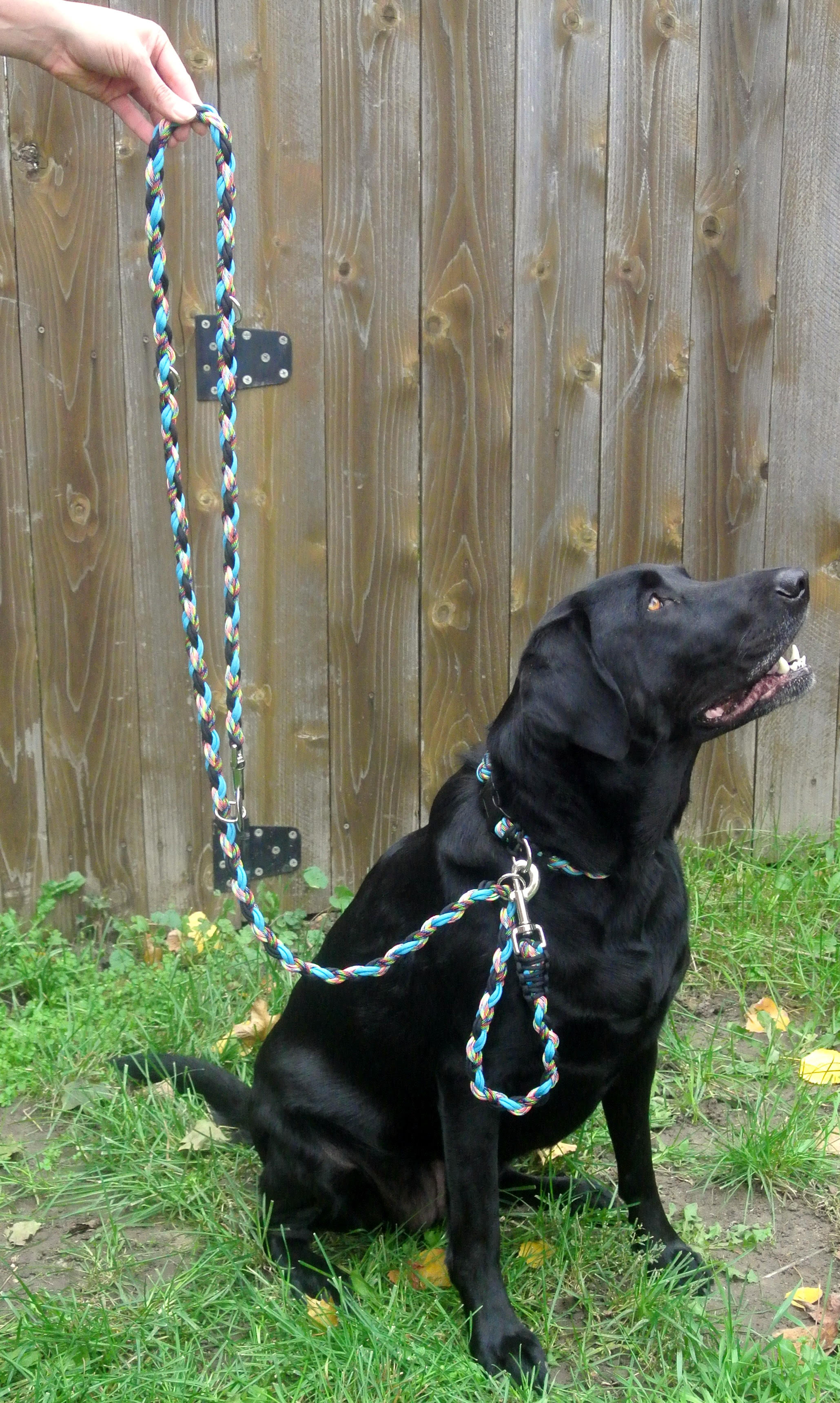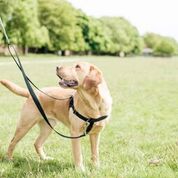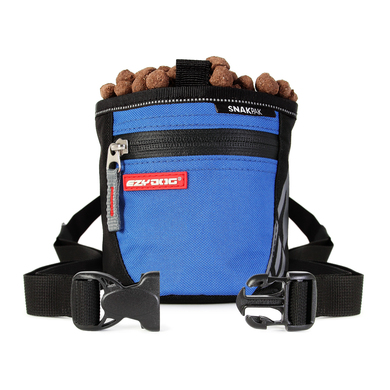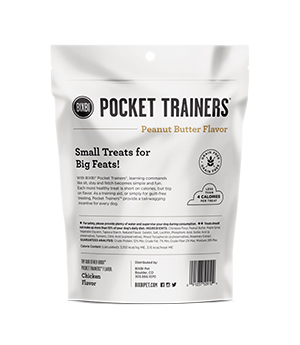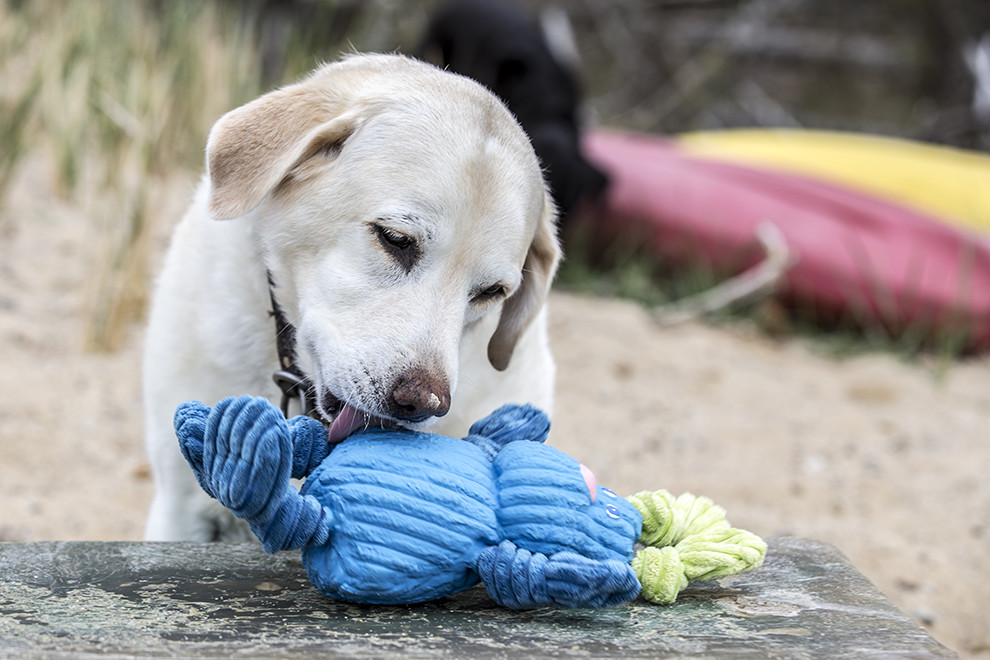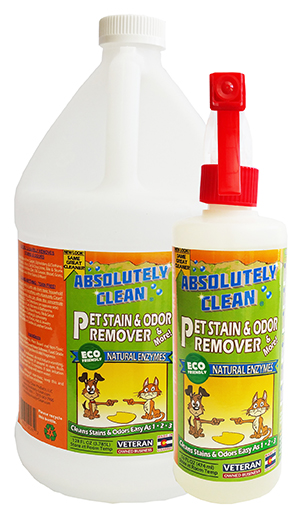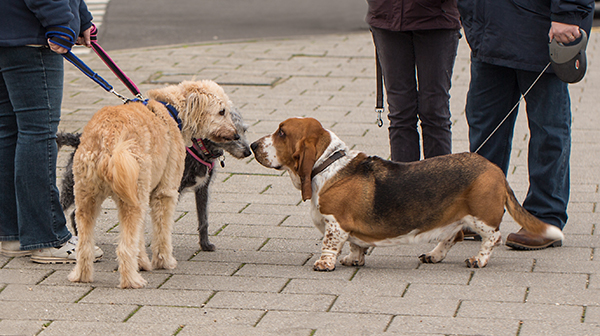
by Admin 2 | Sep 3, 2016 | Dog Health, Dog Joy
Here at Struttin Pup we are more than just a pet store. We build community by providing fun and informative events. These events are a great opportunity for humans and fur babies to socialize. Some dogs are cool as a cucumber around other dogs and people. Other dogs are shy, fearful, aggressive or hyper when around other dogs and people. Whether you have a social butterfly or a wallflower, we have put together some helpful tips that will help ensure that everyone has a great time, most especially your dog!
1. Always ask the owner if it is ok for you and your dog to interact with their dog before meeting.
2. Remain Calm. Your dog can sense your anxiety through your body language. Keep your dog’s leash loose. Sometimes tension on the leash will communicate to your dog that you are nervous and will, in turn, make them nervous.
3. Have some high value treats (Struttin Pup will always have plenty of treats for you at our events) that can distract your dog’s attention back to YOU. Treat your dog often for remaining calm and focused on you.
4. Pay attention to body language. If your dog (or the dog you are meeting) stiffens their bodies, stares into the other dog’s eyes with their hair raised and teeth bared or lunges (even in excitement), put some space between them and give them time to calm and get used to each other from afar.
5. Don’t feel guilty if your dog isn’t a social butterfly. Your dog doesn’t need to be the life of the party, but he does need to BE social and NOT aggressive with other dogs. Keep a close eye on your dog and always keep him on leash. If you think that he’s starting to feel overwhelmed, it’s best to be a wallflower and take a break from the action!

by Admin 2 | Aug 3, 2016 | Dog Health, Dog Joy, Dogs
Though our pools won’t be much more than ankle deep, our upcoming Pool Party on Saturday, August 27th got me thinking about dogs and swimming. I have a Golden Retriever that won’t swim. She obviously never got the memo that she’s a water dog. Though we assume dogs are natural born swimmers, not all breeds (or all dogs, even if they are “water dogs”) are. Some breeds can’t swim at all and will sink without a floatation device. It’s a great idea to introduce your dog to water when it’s a puppy. But, regardless of age, these steps below will help get your dog swimming in no time (or at least they’ll be more comfortable with water!). Some dogs may take to swimming quickly, but if yours doesn’t, don’t worry. These steps can be done over a period of several days so they don’t get overwhelmed.
Breeds That Are The Worst Swimmers
1. English Bulldog
2. Pug
3. French Bulldog
4. Corgi
5. Dachshund
6. Bull Terrier
7. Basset Hound
8. Chow Chow
9. Pekingese
10. Shih-Tzu
1. NEVER throw your dog into the water for her first swim. This will only ensure that she’ll never want to swim again.
2. Start somewhere quiet and shallow so that you can walk in the water beside your dog. Keep your dog leashed until they are able to swim unassisted and consistently come back to you when called. If needed, have them wear a life vest (especially if they are one of the breeds listed above). Let them get used to getting their feet wet. You know how shocking it can be when your toes hit cold water initially. It takes time for your dog to get used to it too!
3. Bring some favorite toys or treats to help coax her farther into the water.
4. This next step can be tough with Colorado’s cold water temperatures, even in the summertime. But using lots of verbal praise, take her deeper into the water until she has to start paddling to stay afloat. If she needs a little extra support, put your arm under her belly. This will help her use her rear legs along with her front legs. She’ll tire more easily if she is only using her front legs to swim. Support her until she is using all four legs to swim.
5. If your dog starts to panic, go back to shallow water, calm down and try again!

by Admin 2 | Jul 27, 2016 | Uncategorized
Congratulations! You’ve decided to take the plunge and get a puppy. Whether this is your first dog or your tenth, it’s always a big commitment. There’s a reason people compare it to having a new baby. I distinctly remember one customer, years ago, who literally looked like a deer in the headlights as she entered Struttin Pup, announced she was getting a new pup and almost cried as she asked for help on how to prepare.
We are here to help! This list of must-have items will help prepare you for your new puppy. We can help with the products that will make your life easier (and your new dog’s life too!). We wish we could help you with the sleepless nights that often accompany your pup’s arrival.
1. Freedom Harness
“The Freedom Harness is the Ferrari of Dog Walking Harnesses.” – Grisha Steward, Ahimsa Dog Training
We couldn’t agree more! Most people use the Freedom Harness  to reduce pulling, but it also reduces neck strain and helps prevent your small pup from escaping (many small pups can turn into Houdini and slip out of their flat collar). This harness has a soft velvet lining on the strap underneath the legs that prevents chaffing and it has four points of adjustability which is great for growing pups. We love how this harness offers pups more “leg room”, meaning it won’t restrict your pup’s gait, which we have seen in other no-pull harnesses.
to reduce pulling, but it also reduces neck strain and helps prevent your small pup from escaping (many small pups can turn into Houdini and slip out of their flat collar). This harness has a soft velvet lining on the strap underneath the legs that prevents chaffing and it has four points of adjustability which is great for growing pups. We love how this harness offers pups more “leg room”, meaning it won’t restrict your pup’s gait, which we have seen in other no-pull harnesses.
2. Waist Leash
The one thing that has made the biggest difference in my dog, Sage’s, and mine relationship, especially when compared to my previous dogs, has been tethering. I was introduced to Dr Sophia Yin, an amazing dog trainer and animal behaviorist who, sadly, passed away in 2014. But her work remains alive and strong at drsophiayin.com. By using a waist leash like Leashes by Liz or Ruffwear
or Ruffwear , your pup is in a position to learn some manners! Tethering (whether to you or to furniture, and I did both) prevents jumping, chewing on things you don’t want them to, running around, and house-training accidents. It rewards them for lying quietly, which in turn, gives them more freedom to go more places with you!
, your pup is in a position to learn some manners! Tethering (whether to you or to furniture, and I did both) prevents jumping, chewing on things you don’t want them to, running around, and house-training accidents. It rewards them for lying quietly, which in turn, gives them more freedom to go more places with you!
3. Training Treat Bag
A dog training treat bag is a must, especially if you’re using a waist leash to tether your dog to you! Back in the “good old days” before treat bags were around, I used to carry a small plastic bag filled with cut-up pieces of hotdog to train my first dog, Reed. Not only did I smell, but my pockets were always greasy and I was always fumbling to get a treat out quickly enough. But times have changed! Now you can quickly treat your pup, not stain your pants and not smell like the local butcher shop!
4. Lots of Treats
You’re going to go through A LOT of dog treats. In fact Dr Sophia Yin promotes not feeding your pup a typical meal out of a bowl, because your dog should be “learning it to earn it”. I’ve never actually been able to do this, but I did make sure to adjust how much food my pup got depending on how many treats we went through that day. My favorite treats are small (so you can give a lot of them) and those that are primarily made up of meat. Favorites include: Boulder Dog Food Company Turkey Bits 8 Oz , Sadie’s Bison Heart Chips, Bixbi Pocket Treats
, Sadie’s Bison Heart Chips, Bixbi Pocket Treats and Real Meat Treats 12 oz
and Real Meat Treats 12 oz .
.
5. Toys
Besides being oh, so cute, toys really do serve a purpose with your pup. Puppies chew to explore the world, ease anxiety and soothe their gums from the pain of teething. And we all know that if you don’t offer appropriate, safe, natural chew toys, they will find something inappropriate to chew! Toys like Chilly Bone and Huggle Hound
and Huggle Hound can be used to keep your pup from biting people’s hands, a common habit amongst teething puppies. Whenever your pup nips at you, simply replace your scarred hand with a cute toy! Toys like Puppy Can Toy treat dispensing, dog toy (Large)
can be used to keep your pup from biting people’s hands, a common habit amongst teething puppies. Whenever your pup nips at you, simply replace your scarred hand with a cute toy! Toys like Puppy Can Toy treat dispensing, dog toy (Large) can be stuffed and frozen for hours of safe and tasty fun for your pup. Take a look at our blog,”Safest Chews for your Dog.”
can be stuffed and frozen for hours of safe and tasty fun for your pup. Take a look at our blog,”Safest Chews for your Dog.”
6. Pet Stain & Odor Remover
For the inevitable accidents that will occur, one of the best pet stain and odor removers is Absolutely Clean Pet Stain & Odor Remover  . Made in Colorado, this cleaner can clean bile, vomit, diarrhea, urine, skunk (!) and even the red wine you spill on your brand new carpet!
. Made in Colorado, this cleaner can clean bile, vomit, diarrhea, urine, skunk (!) and even the red wine you spill on your brand new carpet!
Make sure to bring your new pup into Struttin Pup; we’d love to meet your newest family member. In between “oohing” and “aahing” over your new pup, we’ll be glad to answer any questions you may have to help you along your journey!
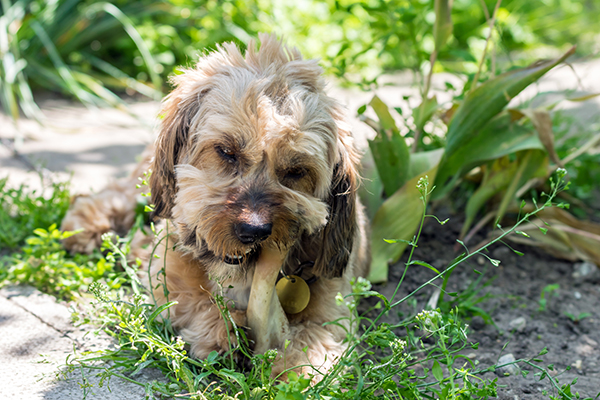
by Admin 2 | Jul 21, 2016 | Dog Health, Dog Joy
ltThree years ago, after bringing home my new pup, Sage, I asked my holistic vet about safe and long lasting things to give her to chew on while she was home alone. Her number one recommendation, hands down, was a stuffed and frozen Kong.* (For those wondering, raw bones came in a close second.)
Many people think that Kongs are meant to be stuffed with peanut butter and anything else that Kong, itself, manufactures. Not true! First of all, that much peanut butter isn’t good for anybody – including your dog. Can you imagine how much peanut butter it would take to stuff a Kong? Even a small Kong would take at least half a cup! That’s just asking for a tummy ache. Personally, I like almond butter (the Paleo world has influenced me, I suppose!) and my dog, Sage doesn’t seem to mind. In fact, she runs to the kitchen whenever a jar of almond butter is opened! While I don’t recommend stuffing an entire Kong with almond butter, it is a great option to start or finish stuffing a Kong with, as it makes a great seal (so that the gooey ingredients listed below don’t fall out). It’s also a good idea to use your fingers to line a little bit of it inside your Kong – this will really keep your dog busy trying to lick it out!
So, if using jars and jars of nut butters as a stuffer for your dog’s Kong is out, what are you suppose to use? Here’s a quick list of our favorite foods that can easily keep your dog happy and busy when stuffed and frozen in a Kong:
- Organic, Plain Yogurt
- Natural Baby Food
- Fruits such as bananas, apples slices, strawberries, blueberries and watermelon (just remove the seeds first)
- Veggies such as carrots, green beans, cucumber slices, or zucchini
- Pumpkin (canned)
- Leftovers – salmon, chicken, beef, veggies that are going to go bad in your crisper drawer despite your best intentions to eat them yourself, etc
- Broth (low sodium chicken or beef broth is a great choice and makes an excellent teething treat for a puppy)
- Kibble or Canned Dog Food
- Dog Treats
- Don’t Feed it to the Dog Lis!
Above are my suggestions for WHAT to stuff in a Kong. As to HOW to stuff and freeze them – simple! I like to take as many Kongs as I have (usually 3-5), place them in a large Tupperware container so that the large openings are at the top, and start stuffing! The Tupperware will catch any spills (especially if you’re using something “leaky” like broth or yogurt). Place the Tupperware full of Kongs in the freezer and, viola, you’re set for the week!
Where you give your dog its’ Kong may depend on what you stuff it with. Keep in mind that what freezes, must thaw! And while your dog may be lightning fast at emptying out the Kong, chances are you won’t want to give Fido a Kong stuffed with canned pumpkin and plain yogurt on your brand new oriental rug. So, perhaps its crate, a tiled or hardwood floor or the backyard are the perfect places to let your dog go to town.
Really, once you have a Kong, the ingredients are quite inexpensive, especially when you compare the cost to other chews like bully sticks! It’s a great idea to rotate through different kinds of chews, but your dog will love a stuffed and frozen Kong and this is a great opportunity to get creative in the kitchen! Bon Appetit!
* Throughout this article I use the word “Kong” to describe a toy that can be stuffed with treats to keep your dog busy. Kong is a wonderful option but other options exist, like my favorite – SodaPup. It’s made in the USA out of natural rubber that is sustainable, non-toxic and biodegradable. Think of Kong as the Kleenex of dog toys. While Kong makes a great product and has dominated the market for years, there are other great options available.
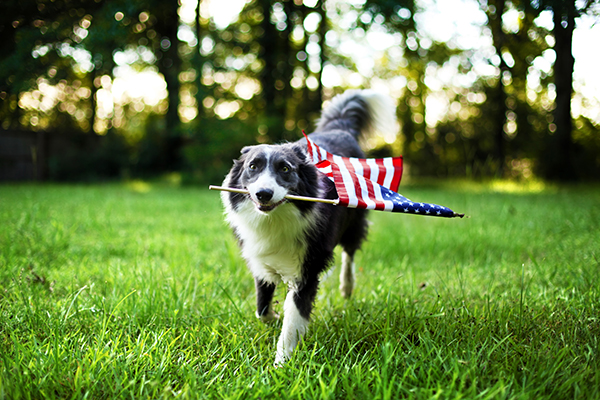
by Admin 2 | Jun 29, 2016 | Cat Health, Dog Health
We have put together some natural remedies to help your pet keep calm this Fourth of July.
As you can imagine we’re coming up on the dogcatcher’s busiest day of the year. In the US, there are more dogs found wandering loose on July 4th than any other day of the year. And for good reason; parades with loud sirens and fireworks are not a dogs best friend. I could also hypothesize that all the outside grilling could make some dogs jump the fence in hope of snatching a hotdog too! Seriously though, having an anxious dog on the Fourth of July is no laughing matter. Many pets (cats too) will whimper, hide, pace, bark, meow, or even become aggressive from the stress.
6 Tips to Keep Your Pet Calm
1. Exercise early on and throughout the day. Just like it is with people, exercise is a great way to manage stress. Toss a frisbee , play fetch with a chuckit
, play fetch with a chuckit  or simply go for a run or walk. Cat’s can play too! Interactive toys like Da Bird
or simply go for a run or walk. Cat’s can play too! Interactive toys like Da Bird  or playing with a laser light
or playing with a laser light , can help reduce tension.
, can help reduce tension.
2. Keep your pets inside during parades and fireworks. If possible, turn on the air-conditioning and keep the windows and curtains closed. If you, or any other human, can stay at home with your pet, that is ideal. If not, crating is a wonderful option – IF they are already used to and comfortable being crated. If they’re not used to being crated, set up a special place (dogs tend to prefer small areas like a bathroom or walk-in closet) with blankets and a few favorite toys. White noise or calm music is also a great way to drown out the sound of fireworks. Make sure your pets have access to water and that your cats have access to their litter box too.
3. Stop by Struttin Pup and pick up a ThunderShirt . Swaddling worked for my kids and it can work for your pet too! The Thundershirt applies a gentle, constant pressure on a pet’s torso and has been shown to reduce anxiety in approximately 80% of pets who wear it.
. Swaddling worked for my kids and it can work for your pet too! The Thundershirt applies a gentle, constant pressure on a pet’s torso and has been shown to reduce anxiety in approximately 80% of pets who wear it.
4. Are your pets wearing a properly fitted collar with up to date contact information on their ID tags? Just in case your pet decides to become an escape artist, you’ll want to make sure they can get back home to you.
5. You may not think about your pet’s stomach when anticipating anxiety, but many pets tend to have diarrhea, gas or digestive upset when dealing with stress, like fireworks. In Clover’s OptaGest 
can help prevent these unwanted side effects of stress.
6. Use one of the many calming aids available at Struttin Pup. Sweet Potato Chews containing chamomile, Merlin’s Magic Calming Spray, Rescue Remedy for Pets, Daisy Paw aromatic collar companions and Pet Releaf CBD oils and treats.
for Pets, Daisy Paw aromatic collar companions and Pet Releaf CBD oils and treats.
Stay safe and have a wonderful 4th of July!




